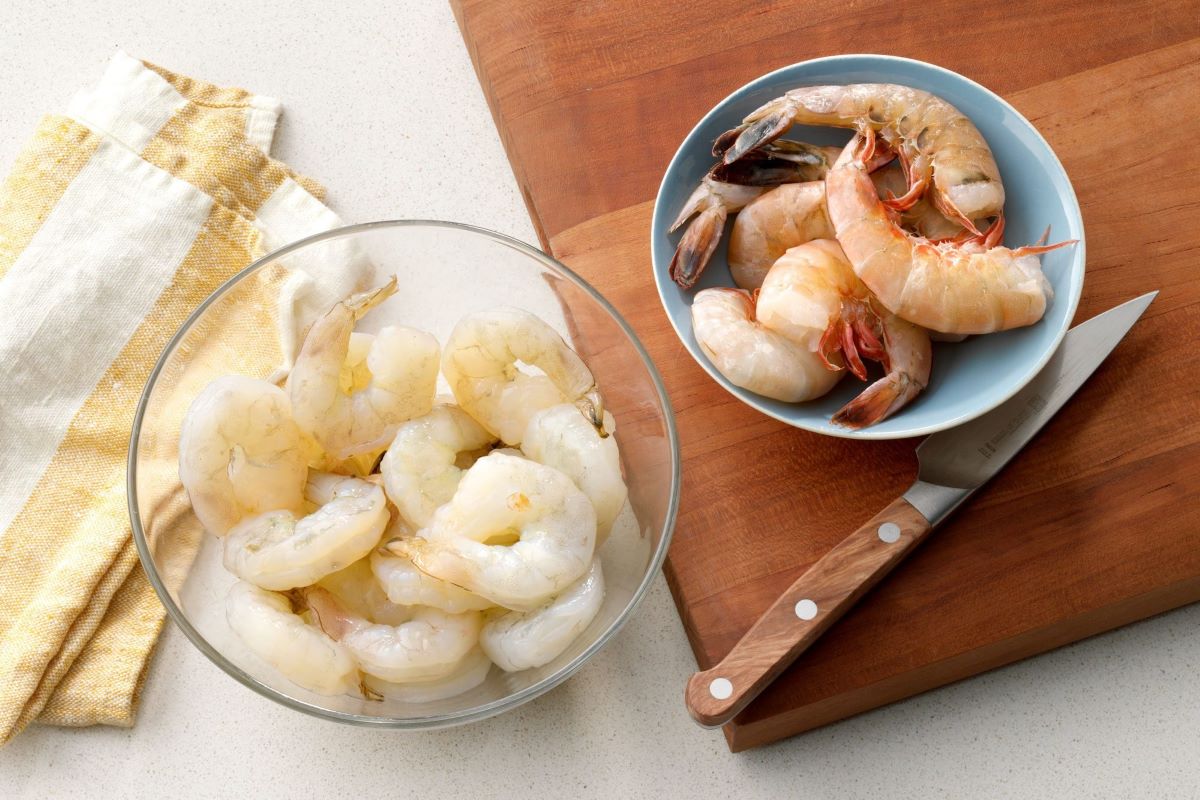

Articles
How To Store Peeled Shrimp Overnight
Modified: December 7, 2023
Learn the best methods and tips for storing peeled shrimp overnight in this helpful article. Ensure your shrimp stays fresh and tasty for your next meal.
(Many of the links in this article redirect to a specific reviewed product. Your purchase of these products through affiliate links helps to generate commission for Storables.com, at no extra cost. Learn more)
Introduction
When it comes to cooking with shrimp, peeling them can be a time-consuming task. That’s why many home cooks prefer to peel a large batch of shrimp in advance, saving them precious minutes when preparing meals. However, once the shrimp are peeled, they need to be stored properly to maintain their freshness and flavor. In this article, we will discuss how to store peeled shrimp overnight, ensuring that they remain safe to eat and retain their quality for future use.
Storing peeled shrimp overnight is a common practice for home cooks who want to prep their ingredients ahead of time and streamline their cooking process. Whether you are planning to use the peeled shrimp for a specific recipe the next day or simply want to have them on hand for convenience, proper storage is essential to preserve their taste and texture.
By understanding the factors that affect the quality and safety of peeled shrimp during storage, as well as employing effective storage methods, you can ensure that your peeled shrimp will remain fresh and delicious until you’re ready to use them.
Key Takeaways:
- Storing peeled shrimp overnight is essential for meal prep, convenience, and waste reduction. Proper refrigeration or freezing, airtight containers, and hygiene are key to maintaining freshness and safety.
- Avoid common mistakes when storing peeled shrimp, such as inadequate cleaning, improper handling, and exceeding recommended storage times. Inspect for spoilage before use to ensure freshness and safety.
Read more: How To Store Peeled Apples Overnight
Why store peeled shrimp overnight?
There are several reasons why you might want to store peeled shrimp overnight instead of keeping them in their shells. Here are a few common scenarios:
- Time-saving: Peeling a batch of shrimp in advance can save you significant time when preparing a meal. By having peeled shrimp ready to go, you can skip the step of removing the shells, allowing you to get your dish on the table faster.
- Meal prep: If you are planning to cook a specific recipe that calls for peeled shrimp the next day, storing them overnight can make your meal prep much more efficient. You can peel the shrimp ahead of time and keep them fresh until you’re ready to use them.
- Convenience: Having peeled shrimp on hand is convenient for impromptu meals or when time is limited. By storing peeled shrimp overnight, you can easily grab them from the fridge or freezer and incorporate them into various dishes without the hassle of peeling them at the last minute.
- Reducing waste: Peeling shrimp before storing them can help reduce waste. By removing the shells beforehand, you can maximize the amount of usable shrimp and minimize the amount of discarded shells.
It’s important to note that while storing peeled shrimp overnight can offer practical benefits, it is crucial to handle them with care to maintain their quality and safety. Shrimp are highly perishable and can spoil quickly if not stored properly. Understanding the factors that affect their freshness and employing appropriate storage methods is essential to ensure you enjoy the best quality shrimp when it’s time to cook.
Factors to consider before storing peeled shrimp
Before you store peeled shrimp overnight, there are several factors you should consider to ensure their freshness and safety:
- Quality of the shrimp: The quality of the shrimp you use will greatly impact its shelf life. It is recommended to start with fresh, high-quality shrimp to maximize their flavor and texture.
- Storage temperature: Shrimp are highly perishable and can spoil quickly if not stored at the proper temperature. It is important to store peeled shrimp in a cool environment to slow down bacterial growth. Refrigeration or freezing are the two main methods for storing peeled shrimp overnight.
- Container choice: The type of container you use for storing peeled shrimp plays a significant role in maintaining their freshness. Use airtight containers or resealable bags to prevent air exposure and moisture loss.
- Seasonings and marinades: If you plan to season or marinate the shrimp before storing them, be mindful of the ingredients you use. Some marinades or seasoning mixtures may cause the shrimp to break down or become mushy if left for an extended period.
- Length of storage: How long you plan to store the peeled shrimp will determine the best method for preservation. If you intend to use them within a day or two, refrigeration is sufficient. For longer storage, freezing is recommended.
- Hygiene and cleanliness: It is crucial to maintain proper hygiene and cleanliness when handling peeled shrimp. Make sure to wash your hands thoroughly before and after handling shrimp and use clean utensils and surfaces to minimize the risk of bacterial contamination.
By taking these factors into account, you can ensure that your peeled shrimp will stay fresh, flavorful, and safe to eat when it’s time to use them.
Tips for storing peeled shrimp overnight
To ensure the best quality and safety when storing peeled shrimp overnight, consider the following helpful tips:
- Prep and peel carefully: Start with fresh, high-quality shrimp, and handle them with care when peeling. Remove the shells, tail, and devein the shrimp properly to avoid any potential contaminants.
- Keep them cold: Shrimp are sensitive to temperature, so it’s crucial to store them in a cold environment. If you plan to use the shrimp within 24 hours, store them in the refrigerator. If you need to store them longer, consider freezing them.
- Use airtight containers: Place the peeled shrimp in airtight containers or resealable bags to prevent air exposure and moisture loss. This will help maintain their freshness and protect them from any odors in the refrigerator or freezer.
- Label and date: It’s a good practice to label the containers or bags with the date of storage. This will help you keep track of how long the shrimp have been stored and ensure you use them within the recommended time frame.
- Refrigeration tips: When storing peeled shrimp in the refrigerator, make sure the temperature is set at or below 40°F (4°C). Keep the shrimp on a plate or tray to catch any potential liquid and prevent cross-contamination with other foods.
- Freezing tips: If you plan to freeze the peeled shrimp, it is best to blanch them first. To do this, bring a pot of water to a boil, add the shrimp, and cook for 1-2 minutes until they turn pink. Immediately transfer them to an ice bath to cool down before draining and freezing in airtight containers or freezer bags.
- Follow recommended storage times: The storage time for peeled shrimp varies depending on the method used. Generally, refrigerated peeled shrimp should be consumed within 24 hours, while frozen peeled shrimp can be stored for up to 3 months. Be sure to check for any changes in texture or odor before using them.
By following these tips, you can ensure that your peeled shrimp will retain their freshness, flavor, and quality when stored overnight. Remember to always prioritize food safety and use your best judgment when assessing the condition of the shrimp before consumption.
Method 1: Refrigerating peeled shrimp
Refrigerating peeled shrimp is a common method for short-term storage, typically for up to 24 hours. Follow these steps to properly store your peeled shrimp in the refrigerator:
- Clean and prepare the shrimp: Start by cleaning and peeling the shrimp, removing the shells, tail, and deveining them. Ensure that the shrimp are properly washed and drained.
- Choose an airtight container: Select a clean, airtight container or resealable bag that is appropriate for the quantity of shrimp you have. Make sure the container is large enough to hold the shrimp without overcrowding.
- Place the shrimp in the container: Transfer the peeled shrimp into the container, ensuring they are arranged in a single layer and not stacked on top of each other. This allows for even cooling and helps prevent the shrimp from becoming soggy.
- Seal the container: Close the container tightly to create an airtight seal. If using a resealable bag, remove as much air as possible before sealing it.
- Store in the refrigerator: Place the container of peeled shrimp in the refrigerator, ideally on a shelf rather than in the door to maintain a consistent temperature. Ensure that the refrigerator is set at or below 40°F (4°C) to keep the shrimp fresh.
- Properly handle and use within 24 hours: When retrieving the peeled shrimp from the refrigerator, handle them with clean hands and use them within 24 hours. Check for any changes in texture or odor before using them in your recipes.
Refrigerating peeled shrimp is a convenient method for short-term storage, allowing you to prep in advance for your meals. However, it is important to note that the quality and freshness of the shrimp may deteriorate after 24 hours. For longer storage, it’s advisable to consider freezing the peeled shrimp.
Store peeled shrimp overnight in an airtight container in the refrigerator. Place a damp paper towel on top of the shrimp to keep them moist. Avoid storing them for more than 24 hours for the best quality.
Read more: How To Store Peeled Potatoes Overnight
Method 2: Freezing peeled shrimp
If you need to store peeled shrimp for a longer period, freezing is the ideal method. Freezing allows you to preserve the freshness and quality of the shrimp for up to three months. Here’s how you can freeze peeled shrimp:
- Clean and prepare the shrimp: Start by cleaning and peeling the shrimp, ensuring they are well-washed and drained. Remove the shells, tail, and devein the shrimp as desired.
- Blanch the shrimp: Blanching the shrimp helps preserve their texture and color during the freezing process. Bring a pot of water to a boil and add the peeled shrimp. Cook them for 1-2 minutes until they turn pink.
- Cool the shrimp: Immediately after blanching, transfer the shrimp to an ice bath. This will quickly cool them down and stop the cooking process. Let them sit in the ice bath for a few minutes until they are completely cooled.
- Drain the shrimp: Once the shrimp are cooled, drain them thoroughly to remove any excess water. Pat them dry with paper towels to remove any moisture on the surface. Excess moisture can lead to freezer burn.
- Portion and package: Divide the peeled, blanched, and dried shrimp into portion sizes suitable for your needs. Place each portion into airtight containers or resealable freezer bags. Make sure to leave some space at the top for expansion during freezing.
- Label and date: Label each container or bag with the contents and the date of freezing. This will help you keep track of the storage time and ensure you use the shrimp within the recommended timeframe.
- Freeze the shrimp: Place the labeled containers or bags in the freezer, ensuring they are placed in a flat, single layer initially. Once frozen, they can be stacked to save space. The ideal freezer temperature for storing shrimp is 0°F (-18°C) or below.
- Thawing and using frozen shrimp: When you’re ready to use the frozen peeled shrimp, transfer the desired portion to the refrigerator and let them thaw overnight. Avoid thawing shrimp at room temperature to reduce the risk of bacterial growth.
Freezing peeled shrimp is a convenient method for long-term storage, allowing you to stock up and use them when needed. Properly packaging and labeling the shrimp will help maintain their quality and ensure they remain safe to eat. Whether you’re preparing for future meals or taking advantage of a sale at the grocery store, freezing peeled shrimp is an excellent way to extend their shelf life.
Method 3: Using an ice bath for short-term storage
If you only need to store peeled shrimp for a few hours or up to a day, using an ice bath can help maintain their freshness and quality. This method is ideal for situations where you need to keep the shrimp chilled but don’t want to freeze them. Follow these steps to use an ice bath for short-term storage:
- Clean and prepare the shrimp: Begin by cleaning and peeling the shrimp, removing the shells, tail, and deveining them as desired. Ensure the shrimp are properly washed and drained.
- Prepare the ice bath: Fill a large bowl or basin with ice cubes and add enough cold water to cover the ice. The ice bath should be well-chilled to maintain the shrimp at a safe temperature.
- Place the shrimp in the ice bath: Submerge the peeled shrimp in the ice bath, making sure they are fully covered by the cold water. Avoid overcrowding the ice bath, as this can prevent proper chilling of the shrimp.
- Keep the ice bath chilled: To maintain the desired temperature, periodically add more ice cubes or replace melted ice with fresh ones. Stirring the ice bath gently can also help distribute the coldness evenly.
- Cover and refrigerate, if necessary: If you prefer to keep the ice bath in the refrigerator, cover the bowl or basin with plastic wrap or a lid to prevent any odors from permeating the shrimp. Place the ice bath in the refrigerator and ensure the temperature is set at or below 40°F (4°C) to maintain the proper chilling of the shrimp.
- Properly handle and use within a day: When it’s time to remove the shrimp from the ice bath, drain the water and pat the shrimp dry with paper towels. Handle the shrimp with clean hands and use them within a day for optimal freshness and quality.
Using an ice bath is a simple and effective method for short-term storage of peeled shrimp, ensuring they are kept chilled and safe to eat. However, it’s important to note that this method is suitable only for short durations, and refrigeration or freezing is recommended for longer-term storage.
Common mistakes to avoid when storing peeled shrimp overnight
When it comes to storing peeled shrimp overnight, there are a few common mistakes that can compromise their quality, safety, and flavor. By being aware of these pitfalls, you can ensure that your peeled shrimp remain in optimal condition. Here are some mistakes to avoid:
- Not properly cleaning the shrimp: Before peeling and storing the shrimp, it’s essential to clean them thoroughly. Neglecting to remove any remaining shells, tails, or veins can result in a less pleasant eating experience.
- Not handling the shrimp with clean hands: Maintaining proper hygiene is crucial when handling food. Always wash your hands thoroughly with soap and water before and after handling peeled shrimp to minimize the risk of cross-contamination.
- Using improper storage containers: The choice of storage containers can greatly affect the freshness of the shrimp. Avoid using containers that are not airtight or leaving excess air inside the bags, as this can speed up the rate of spoilage.
- Storing the shrimp at the wrong temperature: Shrimp are highly perishable and should be stored at proper temperatures. Failing to refrigerate or freeze the peeled shrimp at or below the recommended temperatures can lead to bacterial growth and spoilage.
- Storing shrimp for an extended period: While refrigerating or freezing peeled shrimp allows for longer storage, they still have a limited shelf life. It’s essential to use the shrimp within the recommended storage times (24 hours for refrigeration and up to 3 months for freezing) to maintain their quality.
- Freezing shrimp without blanching: Skipping the blanching step before freezing can result in a decline in the quality of the shrimp. Blanching helps retain the texture and color, making the frozen shrimp more appealing when thawed and cooked.
- Thawing shrimp at room temperature: Thawing peeled shrimp at room temperature can be unsafe and promote bacterial growth. Always thaw the shrimp in the refrigerator or using the defrost setting on your microwave to ensure it stays within a safe temperature range.
- Ignoring signs of spoilage: Before using the stored peeled shrimp, inspect them for any signs of spoilage, such as a foul odor, sliminess, or a change in color or texture. If any of these signs are present, it’s best to discard the shrimp.
By avoiding these common mistakes and following proper storage guidelines, you can ensure that your peeled shrimp stay fresh, safe to eat, and delicious when you’re ready to use them. Proper handling, storage, and attention to detail are key in preserving the quality of the shrimp.
Frequently Asked Questions (FAQs)
Here are some commonly asked questions about storing peeled shrimp overnight:
- Can I store peeled shrimp at room temperature?
- How long can I store peeled shrimp in the refrigerator?
- Can I freeze peeled shrimp without blanching them?
- Can I thaw frozen peeled shrimp on the countertop?
- How can I tell if peeled shrimp has gone bad?
- Can I refreeze peeled shrimp that has been thawed?
- Can I marinate peeled shrimp before storing them?
No, it is not recommended to store peeled shrimp at room temperature as they are highly perishable. Shrimp should always be stored in the refrigerator or freezer to maintain their freshness and safety.
Peeled shrimp can be stored in the refrigerator for up to 24 hours. It is recommended to use them within this time frame to ensure their quality and safety.
While it is possible to freeze peeled shrimp without blanching, it is not recommended. Blanching helps preserve the texture and color of the shrimp, resulting in better quality when thawed and cooked.
No, it is not safe to thaw peeled shrimp at room temperature. Always thaw them in the refrigerator or using the defrost setting on your microwave to prevent bacterial growth and ensure their safety.
Signs of spoiled shrimp include a foul odor, sliminess, a change in color or texture, or the presence of mold. If you observe any of these signs, it is best to discard the shrimp.
No, it is not recommended to refreeze peeled shrimp that has been thawed. Once thawed, the shrimp may lose its quality and may not be safe to re-freeze.
It is generally not recommended to marinate peeled shrimp before storing them, especially if you plan to keep them overnight. Some marinades may cause the shrimp to break down and become mushy if left for an extended period. It’s best to marinate the shrimp just before cooking.
If you have any other questions about storing peeled shrimp overnight, it’s always a good idea to consult proper guidelines or a trusted source to ensure food safety and quality.
Read more: How To Store Shrimp
Conclusion
Properly storing peeled shrimp overnight is essential to maintain their freshness, flavor, and safety. Whether you choose to refrigerate or freeze the shrimp, following the correct methods and taking important factors into consideration will ensure that you can enjoy delicious shrimp in your meals.
Refrigeration is an ideal option for short-term storage, allowing you to keep peeled shrimp fresh for up to 24 hours. Make sure to use airtight containers and store them in the refrigerator at or below 40°F (4°C).
If you need to store peeled shrimp for a longer period, freezing is the recommended method. Blanch the shrimp before freezing to preserve their texture and color. Package them in airtight containers or freezer bags, label them, and place them in the freezer at 0°F (-18°C) or below. Thaw frozen shrimp in the refrigerator overnight before use.
An ice bath can be used for short-term storage of peeled shrimp when you only need to keep them chilled for a few hours or up to a day. Ensure the ice bath is well-chilled and cover it if you choose to place it in the refrigerator.
Avoid common mistakes such as inadequate cleaning, improper handling, using the wrong storage containers, storing shrimp at the wrong temperature, and exceeding recommended storage times. It’s important to inspect the shrimp for any signs of spoilage before using them to ensure they are still fresh and safe to eat.
By following these guidelines and tips, you can successfully store peeled shrimp overnight while maintaining their quality and taste. Whether you’re prepping for a future meal or taking advantage of a sale at the grocery store, properly storing peeled shrimp will allow you to enjoy their deliciousness whenever you’re ready to cook.
Frequently Asked Questions about How To Store Peeled Shrimp Overnight
Was this page helpful?
At Storables.com, we guarantee accurate and reliable information. Our content, validated by Expert Board Contributors, is crafted following stringent Editorial Policies. We're committed to providing you with well-researched, expert-backed insights for all your informational needs.
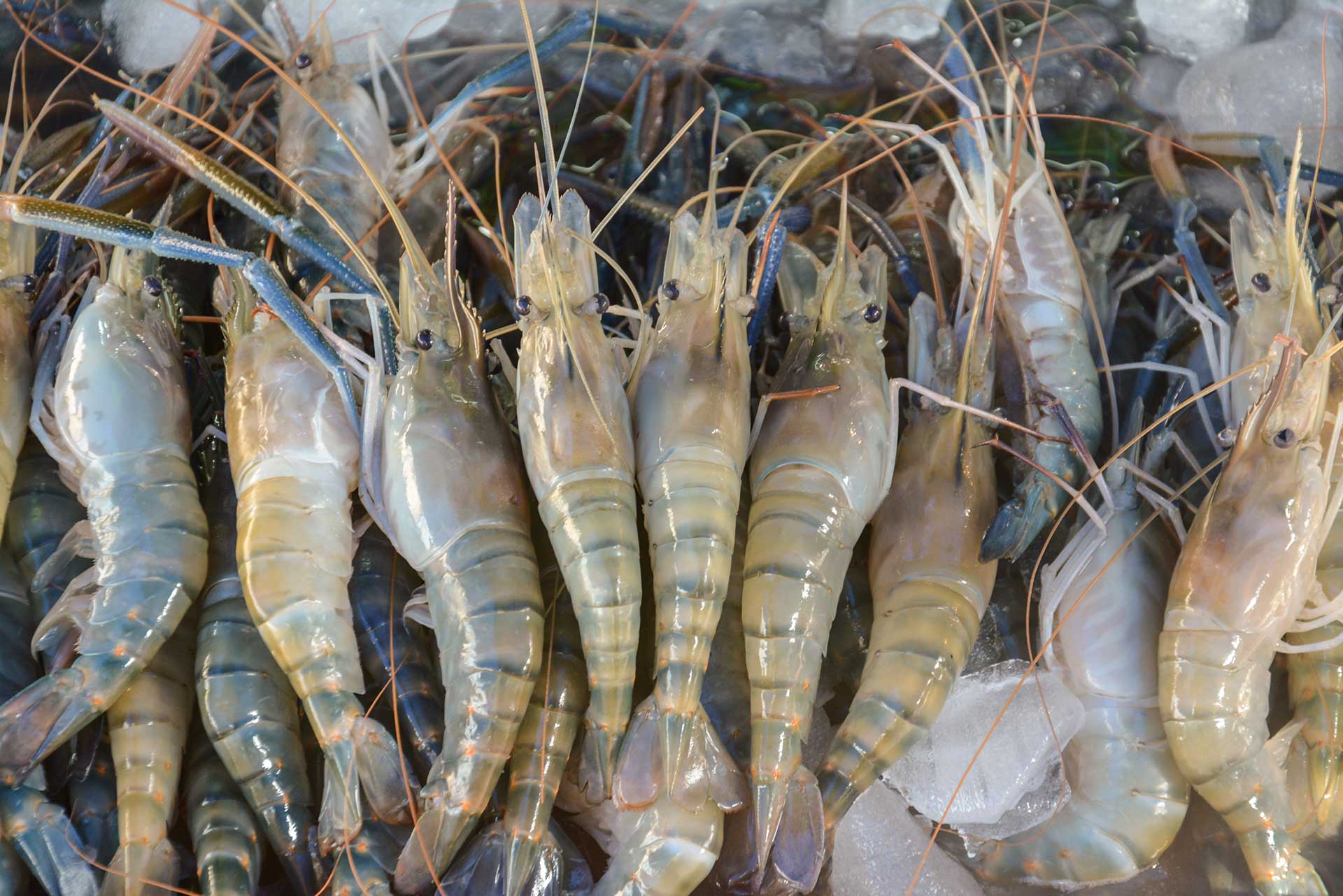
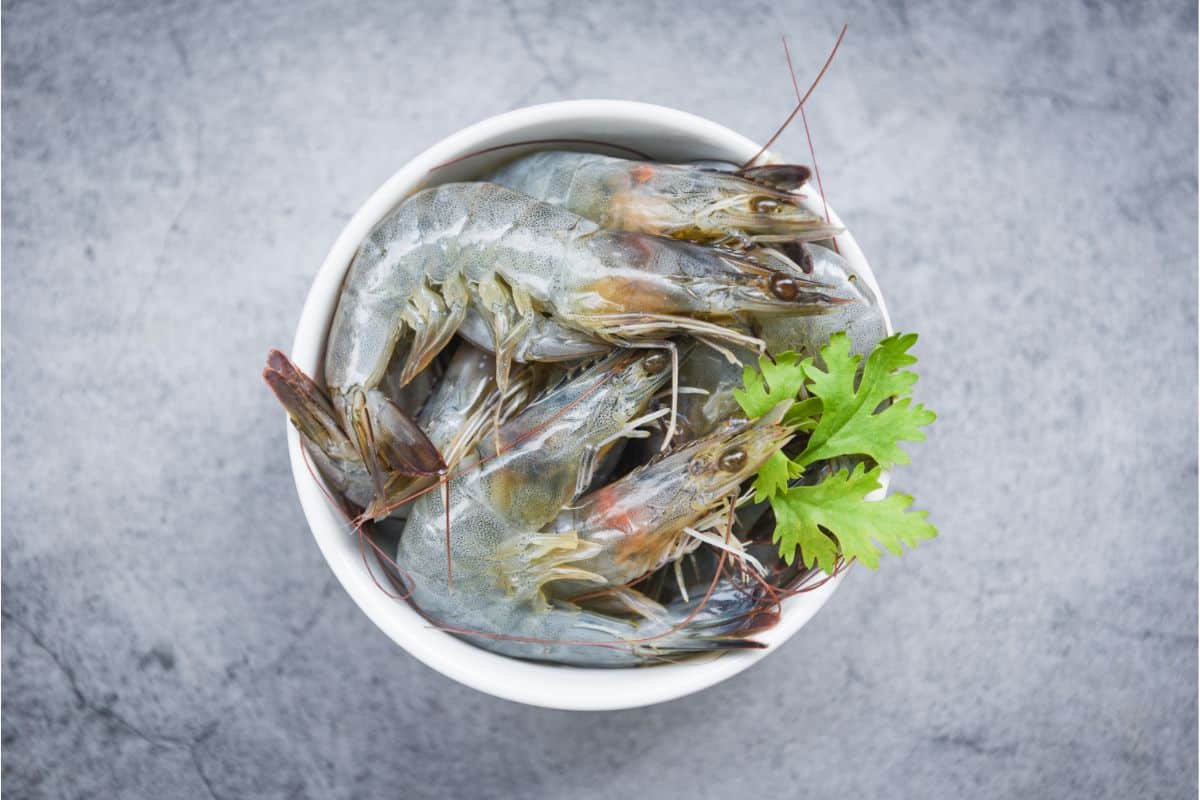
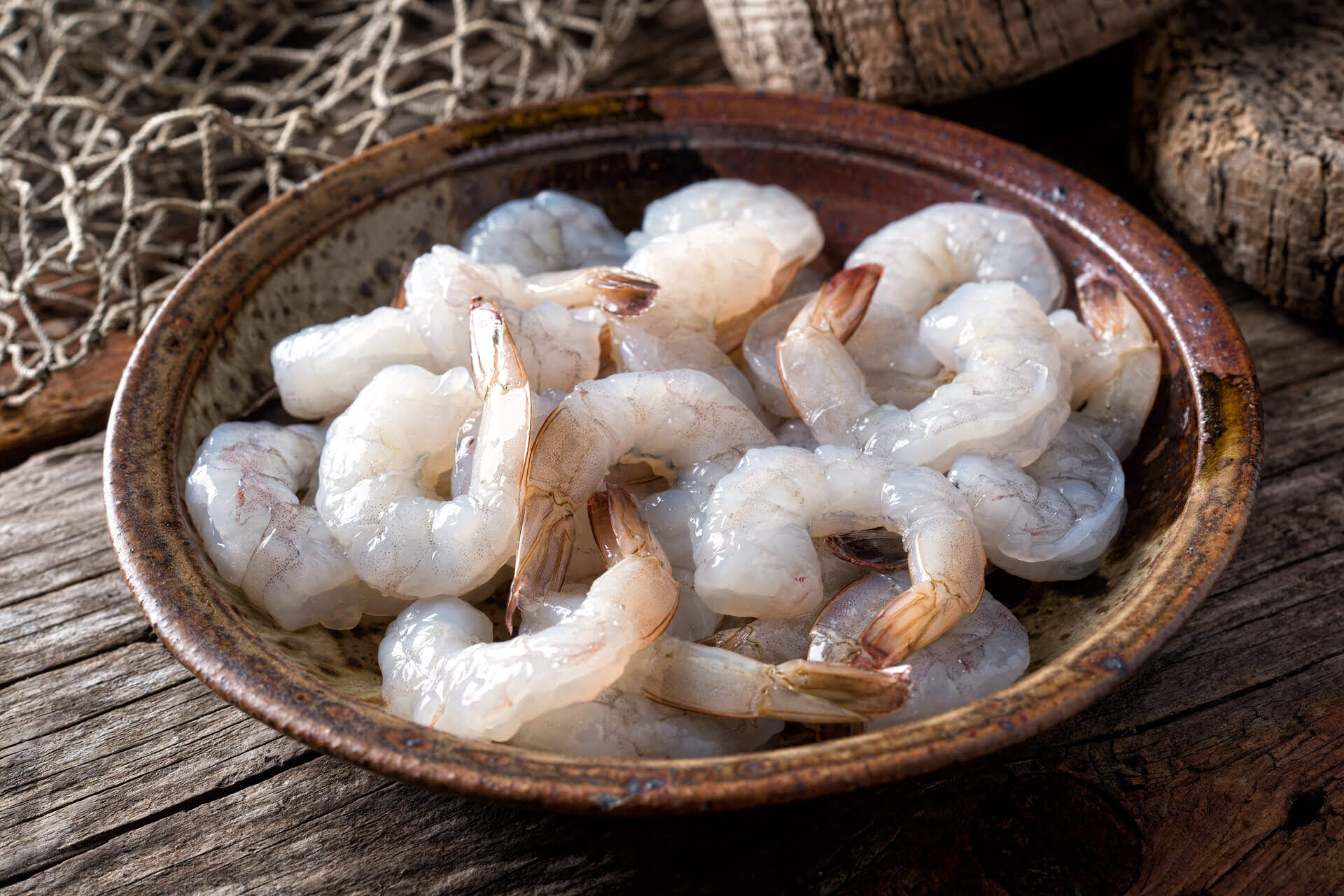
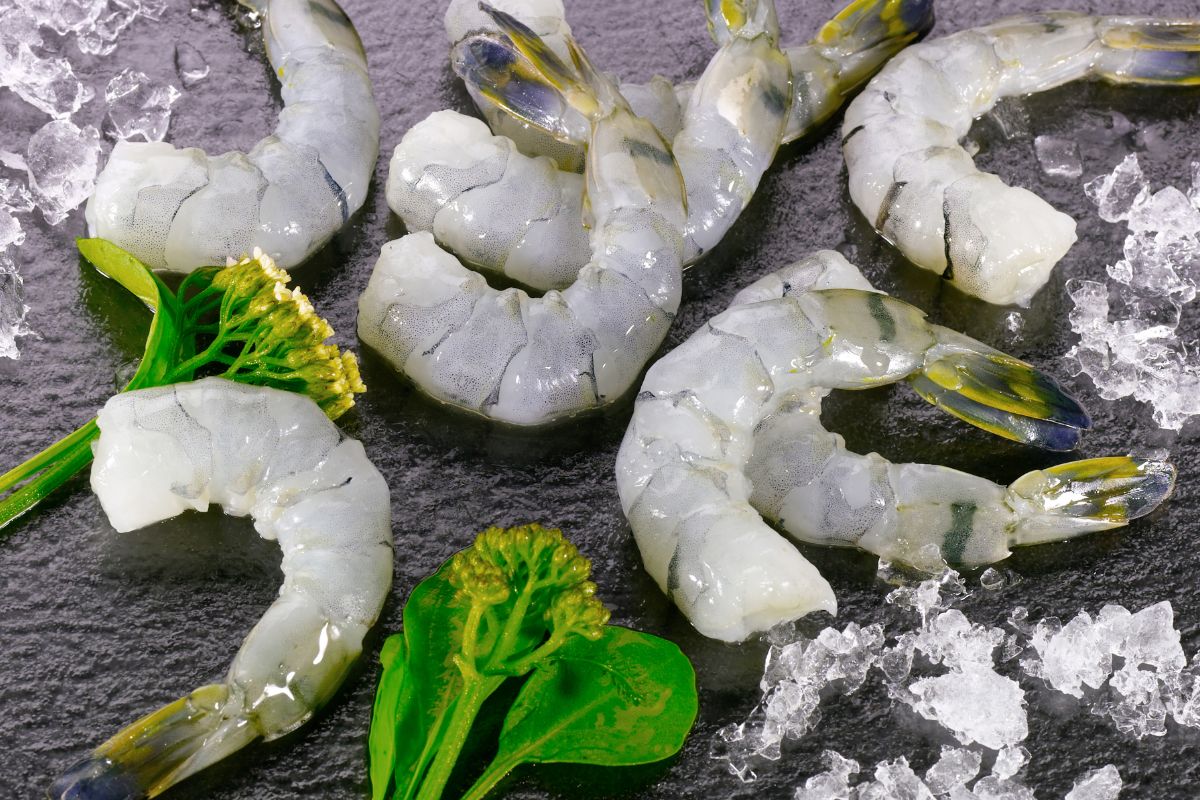

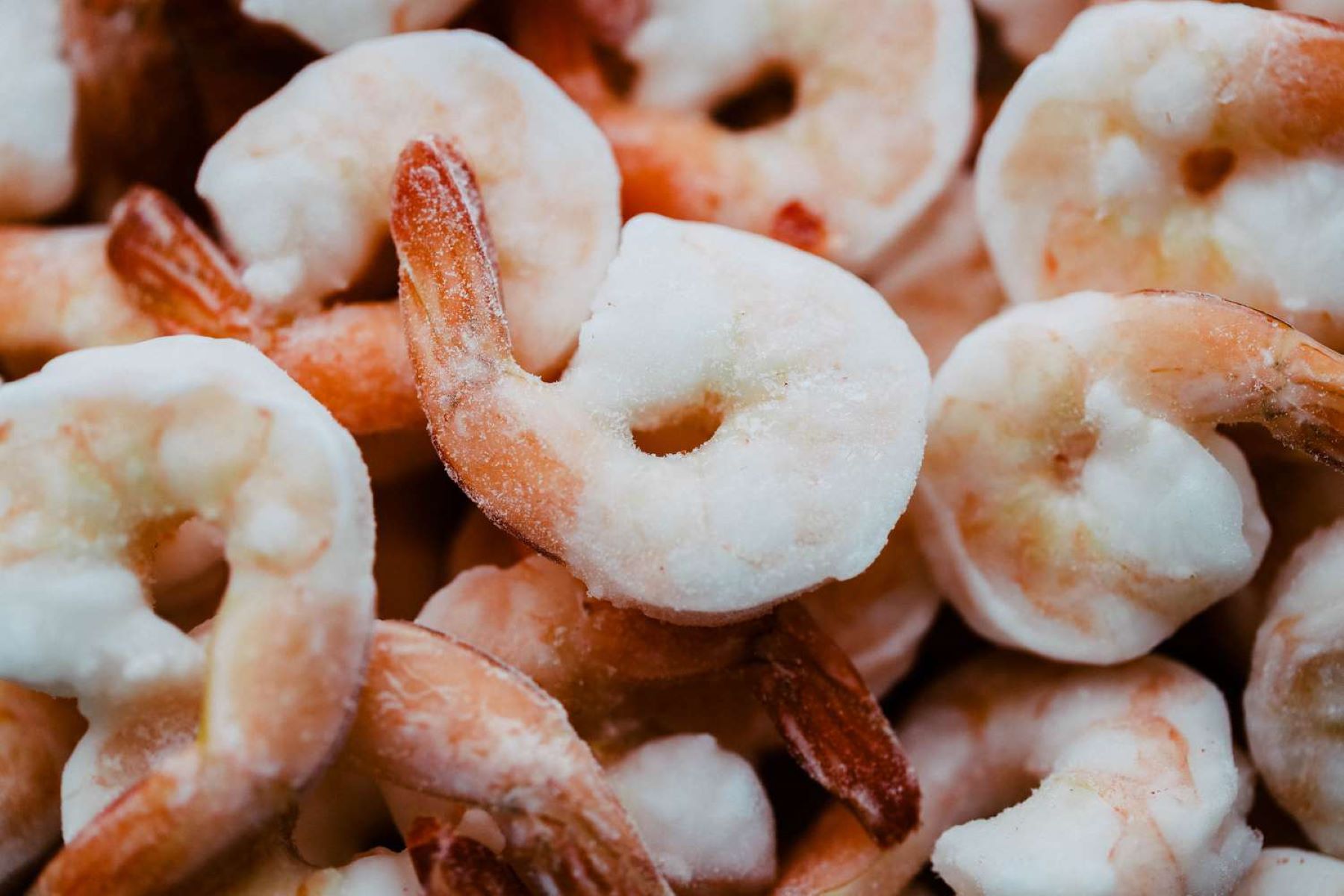
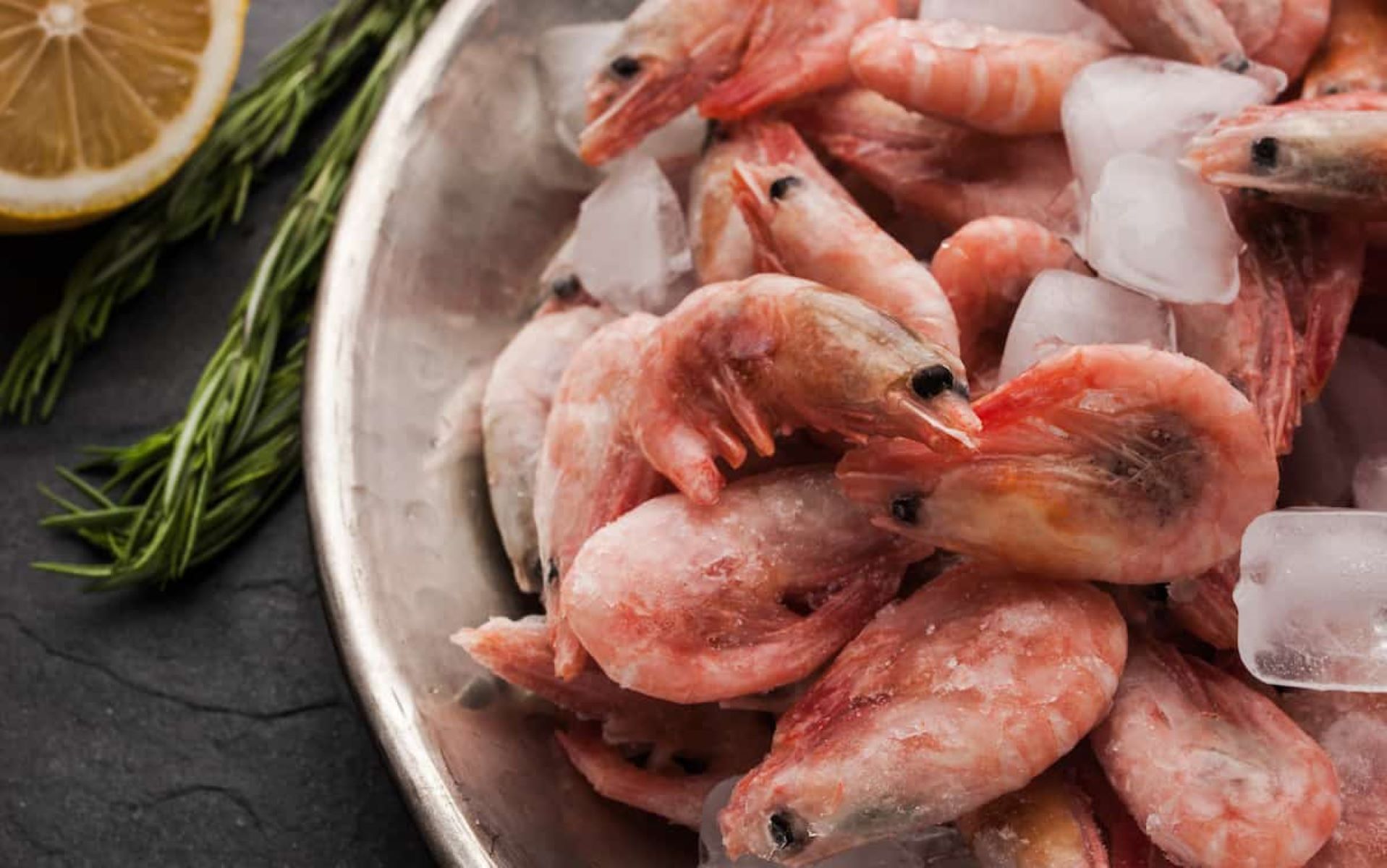
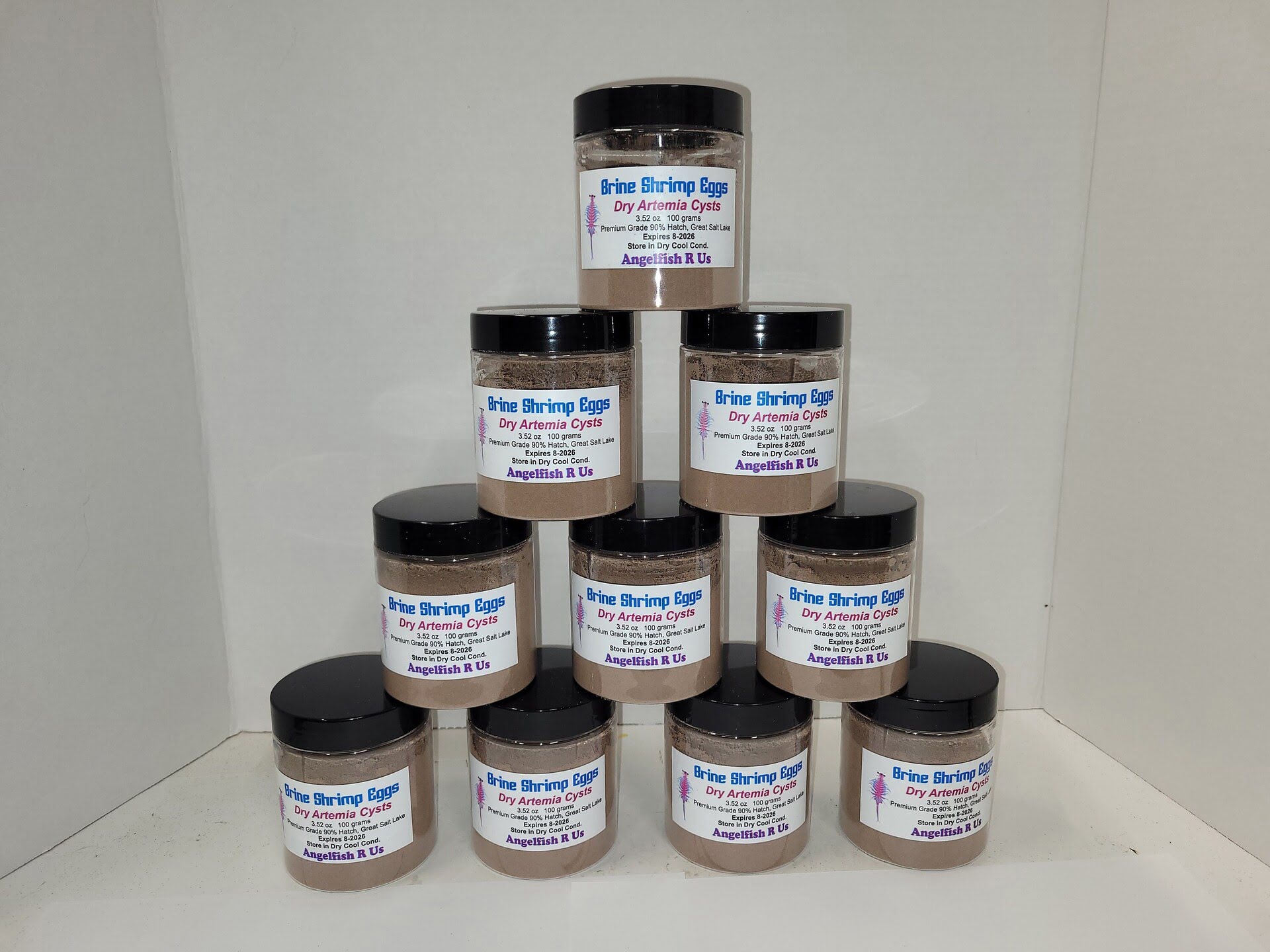
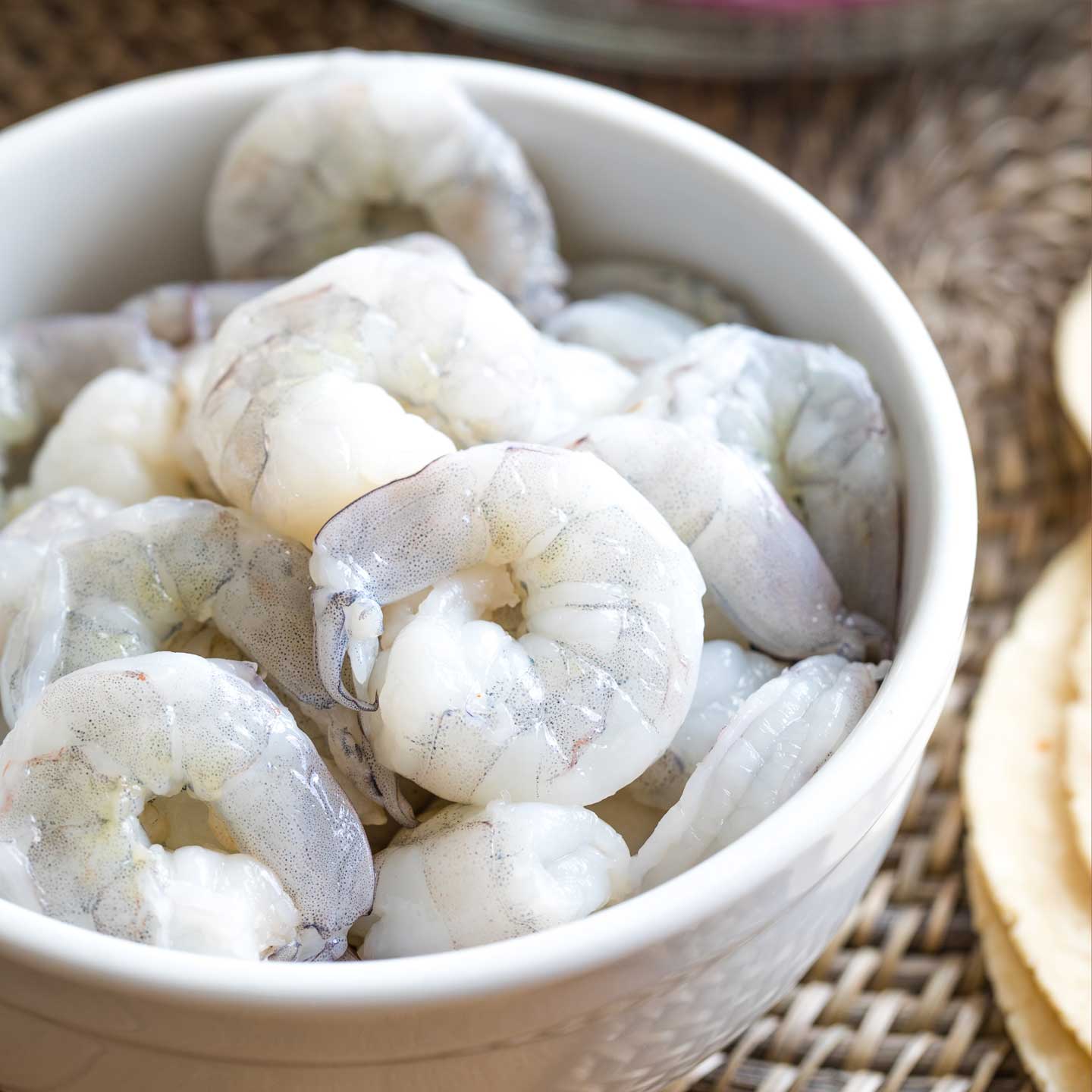


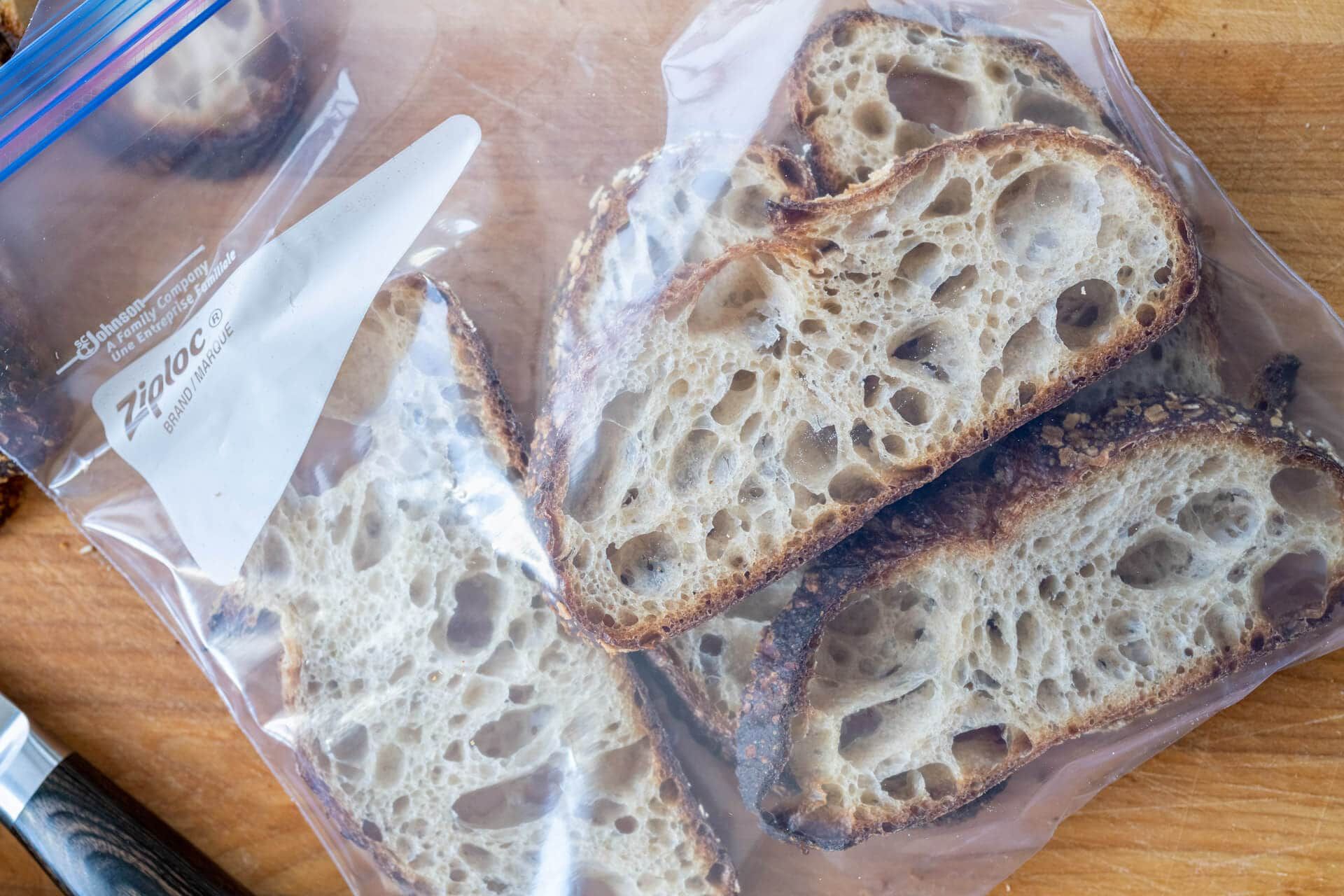


0 thoughts on “How To Store Peeled Shrimp Overnight”